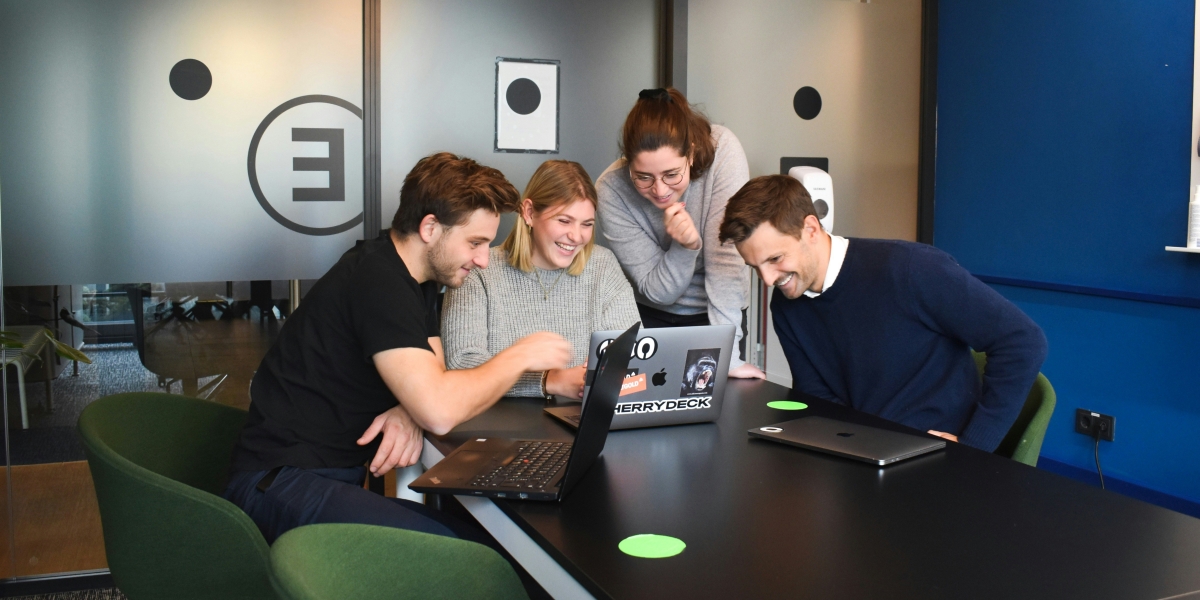Los Angeles operates as a living laboratory for marketing strategies, where concepts get tested and refined before spreading nationwide. The city’s unique blend of industries, demographics, and cultural influence creates an environment where marketing doesn’t just sell products—it shapes lifestyles. From Sunset Boulevard billboards to targeted social media campaigns, the strategies employed here demonstrate how messaging adapts to different neighborhoods and psychographics. This constant flow of commercial persuasion affects everything from dining choices to fashion trends, often in subtle ways that consumers don’t immediately recognize.
Read also: A Practical Guide to Developing an Effective Writing Routine
The Neighborhood Approach to Marketing
Marketing in Los Angeles succeeds when it acknowledges the city’s fragmented nature. What resonates in Silver Lake might fall flat in Santa Monica, requiring campaigns to adjust tone, imagery, and even product offerings. Localized strategies often blend digital and physical approaches—Instagram ads geotargeted to specific areas complemented by street team promotions at popular cafes. This hyperlocal thinking extends to language choices, with some neighborhoods responding better to aspirational messaging while others prefer straightforward practicality.
The city’s car culture influences marketing decisions in unexpected ways. Drive-time radio spots still hold value alongside podcast ads, while billboard placements consider traffic patterns and stoplight durations. Even transit ads account for how long riders spend on particular bus routes. This transportation-focused marketing creates multiple touchpoints for brands to reinforce their messages during daily commutes.
Food marketing provides a clear example of neighborhood-specific strategies. Restaurant promotions in Downtown Los Angeles emphasize quick lunch options for office workers, while the same brands might highlight weekend brunch when marketing to suburban areas. Farmers’ markets have become hotbeds for organic product sampling, capitalizing on the city’s health-conscious segments. These nuanced approaches demonstrate how Los Angeles serves as a testing ground for demographic-specific campaigns.
The Cultural Influence Feedback Loop
Los Angeles marketing doesn’t just respond to culture—it actively participates in creating it. Trends that begin as commercial initiatives often get adopted into the city’s cultural fabric, then get repackaged and sold back to consumers. This cycle moves particularly fast in fashion, where boutique collaborations with local artists can go from concept to sidewalk trends within weeks. The reciprocal relationship between marketers and cultural creators makes it difficult to determine where organic trends end and commercial ones begin.
Entertainment marketing operates differently here than in other cities. Rather than just promoting finished products, the industry’s presence means marketing sometimes blends with content creation itself. Product placements feel more natural when the people creating shows understand how locals actually live. This authenticity makes branded content more effective, though audiences have grown increasingly savvy about identifying commercial intent.
The visual language of Los Angeles marketing leans heavily on the city’s natural assets. Sunlight, palm trees, and mountain backdrops appear frequently, even for brands with no regional connection. This borrowed aesthetic gives campaigns instant recognizability but also creates a stylistic homogeneity that challenges marketers to differentiate their visuals. Seasonal campaigns face particular challenges in a climate with subtle weather changes, leading many brands to focus on cultural moments rather than traditional seasonal markers.
Sustainability messaging has become its own careful balancing act. While environmental consciousness resonates with many Angelenos, consumers have grown wary of greenwashing. Effective campaigns now provide specific details about eco-friendly practices rather than relying on vague nature imagery. This shift reflects the city’s maturing relationship with environmental issues and consumers’ increasing marketing literacy.
The future of marketing in Los Angeles points toward greater personalization and experience-based campaigns. As digital fatigue grows, brands that create memorable real-world interactions gain advantage. Pop-up experiences that offer Instagrammable moments while delivering substantive product exposure represent one successful hybrid model. The most effective strategies will likely continue blending digital precision with the human touch that still defines the city’s social fabric.
What makes Los Angeles marketing unique isn’t any single tactic, but rather how all elements combine in a city that’s simultaneously a collection of villages and a global influencer. Campaigns that recognize this duality—speaking to local identities while connecting to broader aspirations—tend to cut through the noise. As marketing channels continue evolving, the fundamental lesson from Los Angeles remains: understand the audience’s daily reality, then meet them there with relevance rather than interruption.
Read also: A Beginner’s Guide to Assembling Your Own Gaming PC





